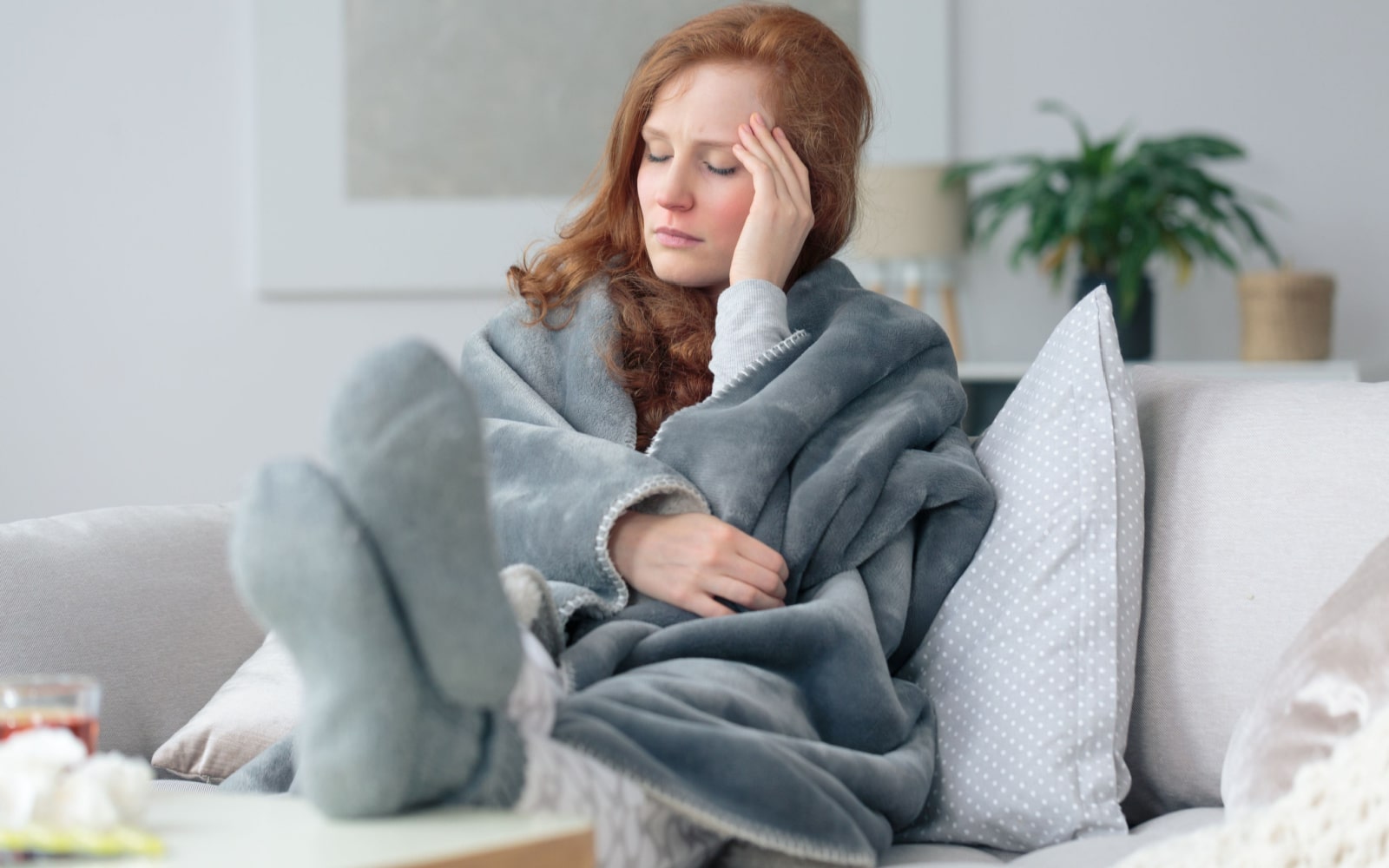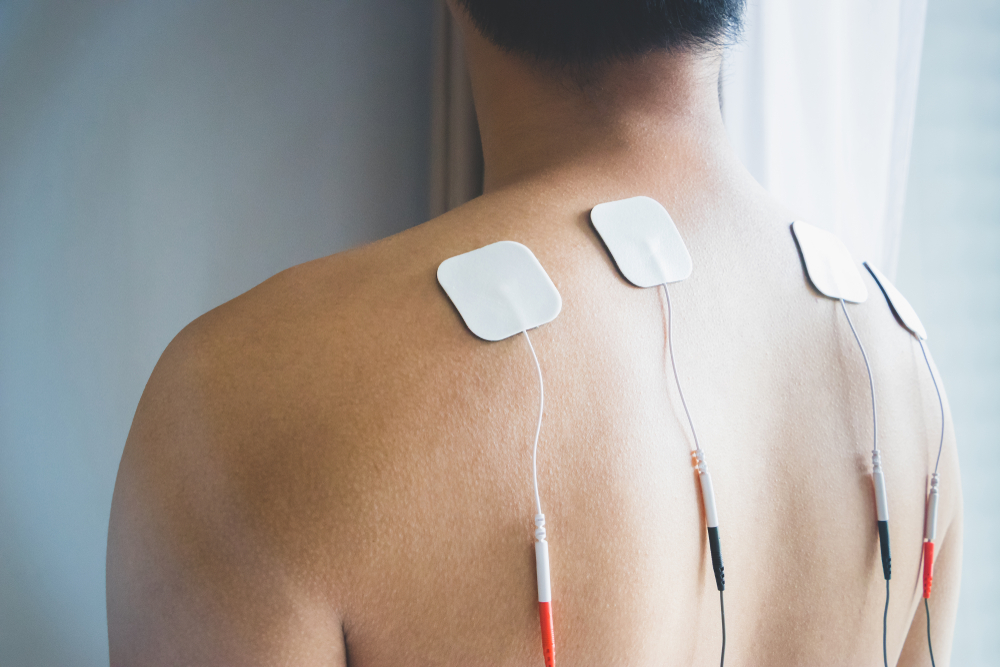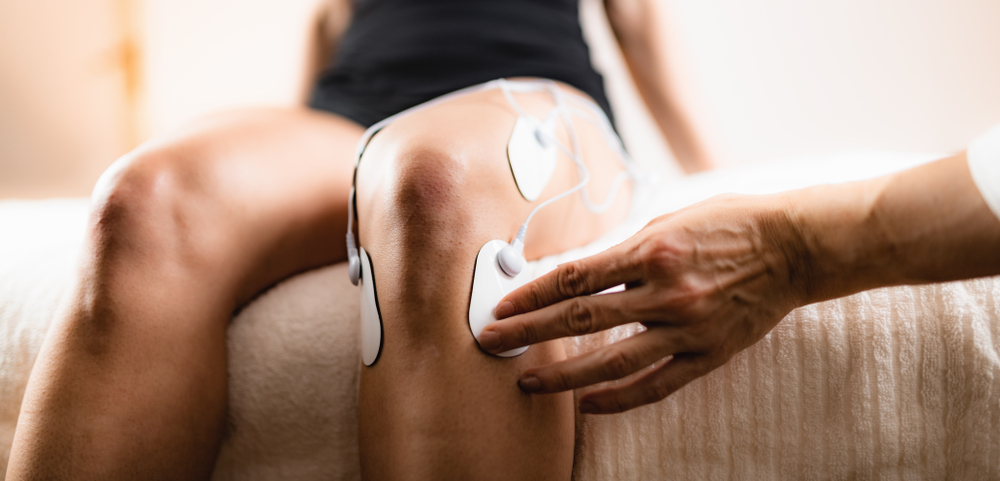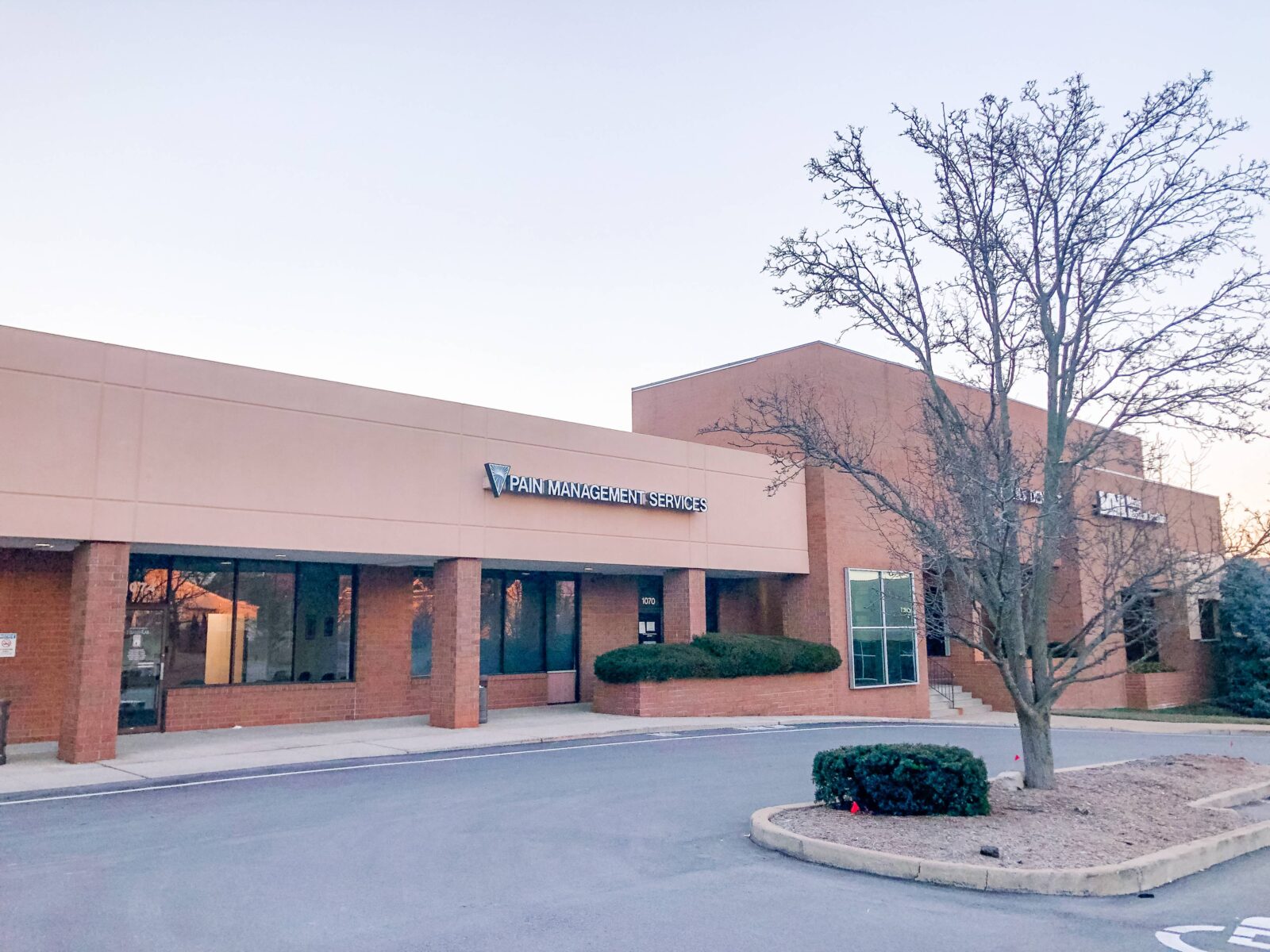The cold temperatures of winter can cause people dealing with chronic pain can often make pain levels unbearable. Chronic pain can interfere with activities associated with the winter season. As a busy time of the year, it can lead to muscle tightness, spasms, and nerve reactions to even the smallest temperature fluctuations. But why do people report more pain during the colder months? We’re here to provide some insight into the colder season and help you get relief when the temperatures plummet.
Why Does Chronic Pain Get Worse in Winter?
As colder temperatures arrive, our body naturally reacts to the cold, informing the brain to protect us from the colder conditions. Our bodies attempt to store heat by sending more blood to the organs at the center of our body, and blood vessels outside our core are restricted. This begins a line of symptoms that often aggravate chronic health conditions, such as stiffness and pain throughout the arms, legs, shoulders, and knees. The colder weather also increases the barometric pressure in the air, leading to circulation changes and nerve sensitivity.
Chronic pain in the colder weather often leads to decreased strength and lack of flexibility due to the body’s attempt to stay warm during the season. Exercise lessens, even though it’s good for our bodies, and can make them feel worse over time. Beyond physical ailments, those affected by seasonal affective disorder are more likely to cause people to feel depressed, tired, and socially isolated during the colder seasons, which in turn affects chronic pain more visibly, causing emotional distress and intensifying pain that doesn’t seem to end.
How To Fight Off Chronic Pain This Winter
Understanding your triggers is the first step towards tackling your chronic pain, and with the help of your pain management doctor, they can help you build a year-round plan to manage your symptoms. Instead of missing out this winter, here’s our suggestion for pain management techniques to get you feeling less pain and more like yourself:
- Dress in Layers: Because your body’s attempting to maintain your core body temperature, heat will quickly escape from your hands, feet, and head. Layering your clothes when going outside and keeping your extremities covered will help prevent body heat from escaping and promote better blood flow to the muscles.
- Heat and Cold Therapies: Heat therapy can help relieve pain caused by muscle spasms and stiffness, and cold therapy can reduce inflammation and swelling, decreasing blood flow. Alternating between these therapies can help with certain injuries and chronic pain conditions, such as arthritis.
- Stay Physically Active: Inactivity can aggravate pain levels, and staying active can keep you warm and help you fight off pain naturally. It also allows the muscles and joints to stay loose and prevent them from becoming tight or stiff.
- Adjust Your Diet: During winter especially, your diet and choice of foods can prevent you from getting the nutrients your body needs to fight inflammation. Eating a healthy nutrient-filled diet can help improve your immune system and give you the broadest range of vitamins for your health.
- Stay Hydrated: Staying hydrated during winter can help promote better blood circulation and soothe issues with chronic pain, especially with how easy it can be to forget to drink the water due to the humidity levels of winter.
If you experience any unusual symptoms in your body and want to resolve issues of chronic pain, then make sure to speak with a consultant for pain management as soon as possible.









